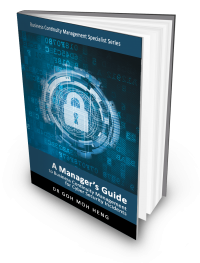Access Control
1. Access control refers to assignment of user accounts with special privileges to only authorized personnel within an organization.


|

2. Access control refers to security features that control who can access resources in the operating system. Applications call access control functions to set who can access specific resources or control access to resources provided by the application.
Source:(Rouse, 2014)
3. Access control is basically identifying a person doing a specific job, authenticating them by looking at their identification, then giving that person only the key to the door or computer that they need access to and nothing more. In the world of information security, one would look at this as granting an individual permission to get onto a network via a user-name and password, allowing them access to files, computers, or other hardware or software the person requires, and ensuring they have the right level of permission (i.e. read only) to do their job.
Source:(Gentry, 2012)